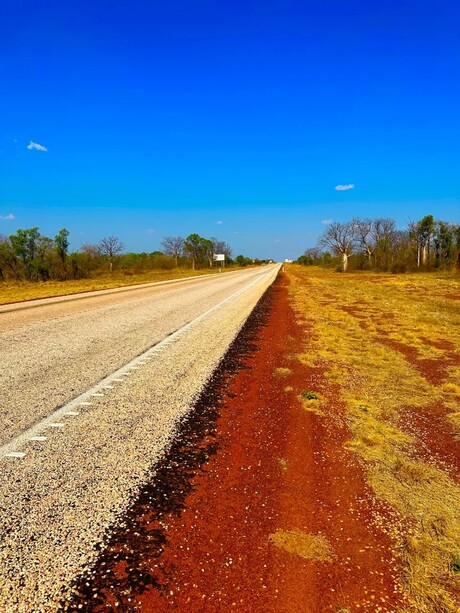The University of Sydney and consulting firm ASAC are developing a hydrogen-powered, zero-emission medical drone for rural and remote areas of Australia such as Kimberley.
The development is part of the Wildu Aero project led by Associate Professor Dries Verstraete from the University of Sydney, with ASAC funding the research and development of the drone.
Early detection, prevention and treatment
The medical drone is designed to enable early detection, prevention and treatment of health conditions common in rural and remote regions of Australia, such as sepsis, and actively contribute to addressing health inequalities for some of Australia’s most vulnerable and isolated communities.
The project is a strategic partnership between the university and ASAC Consultancy, which has funded a hydrogen-powered vertical take-off and landing (eVTOL) unmanned aerial vehicle (UAV). The collaboration will enable Associate Professor Verstraete and his team to design, build and test prototypes. Not only are the drones sustainable, hydrogen-powered and emission-free, but they also have to cover large distances.
Pilot testing
The Wildu Aero project will complement local primary health networks, telehealth services, pathology services and drug delivery. It will enable the use of other innovative technologies and support the functioning of emergency and disaster management operations, for example during infection outbreaks or when communities are cut off by floods.
To achieve the distance needed to make a difference for all Australians, Associate Professor Verstraete will integrate and optimize a hydrogen-powered fuel cell system that will be tested in multiple trials. His team will further develop its triple hybrid fuel cell system with the aim of extending the life of the fuel cell in Australia’s demanding operating conditions.
“Large areas of Australia lack easy access to healthcare. Current technology does not allow drones to travel the required distances while being sustainable, hydrogen-powered and emission-free,” said Associate Professor Verstraete, who is a member of the Net Zero Initiative and the university’s School of Aerospace, Mechanical and Mechatronic Engineering.
“Our mission is to develop a hydrogen-powered, carbon-neutral VTOL UAV that can transport medical cargo while providing unprecedented range.”
Towards an inclusive and accessible future
ASAC Consultancy founding director Anna Klis started the Wildu Aero project after witnessing first-hand the health inequalities for people in rural and remote areas.
“By working with First Nations communities and the University of Sydney, we are not only building a health services model, but also building the capacity of individuals, communities and organizations to make decisions that promote their well-being and that of the community.” Together Let’s shape a future where healthcare is truly inclusive and accessible to all.”
People living in regional and rural areas face particular challenges due to their geographical location and often have poorer health outcomes than people living in metropolitan areas, with higher rates of hospitalizations, deaths and injuries and poorer access to primary health services. Rural and remote areas have twice as many preventable hospitalizations and two and a half times more potentially preventable deaths compared to metropolitan areas.
According to the Australian Institute of Health and Welfare and the National Indigenous Australians Agency, Australian First Nations make up 32% of the population of rural and remote areas and have a lower life expectancy, a high burden of disease, poorer health, and a higher likelihood of being hospitalized as non-Indigenous Australians.
